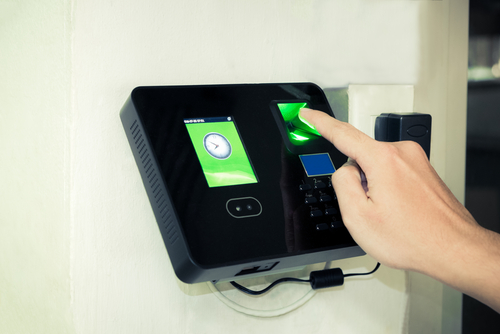
According to a recent report by the U.S. Government Accountability Office (GAO), the U.S. Department of Homeland Security (DHS) has made progress in planning for a biometric air exit system and reporting traveler overstays, but certain challenges have persisted in its efforts.
GAO conducted the report to review DHS’s progress in developing a biometric exit capability for travelers and how it reports those who overstay their allotted time in the United States. DHS was required to develop a plan for full implementation of an automated biometric extra-exit system, including information such as fingerprints, in 2004.
The report found that while agencies like Customs and Border Protection (CBP) made progress in testing various biometric exit capabilities, longstanding planning, infrastructure, and staffing challenges continue to stymie the agency’s efforts to develop and implement the biometric exit system.
CBP set a goal of 2018 for an initial implementation of a biometric exit capability in at least one airport and is working with multiple airlines and airports for public/private partnerships to reduce costs and give more industry control over how the system is implemented.
One major issue GAO found was that U.S. airports generally do not have outbound designated secure areas for exiting travelers where biometric information could be captured by U.S. immigration officers.
GAO also found that while DHS issues its first report on estimated overstay rates in Jan. 2016, data reliability concerns affected the final report and not all information required by law was able to be given. The department said that its forthcoming report for FY2016 will include more reliable overstay rates on foreign students arriving through air and sea ports of entry.
At this time, GAO offered no recommendations to the report and is waiting on DHS’ FY 2016 report.




